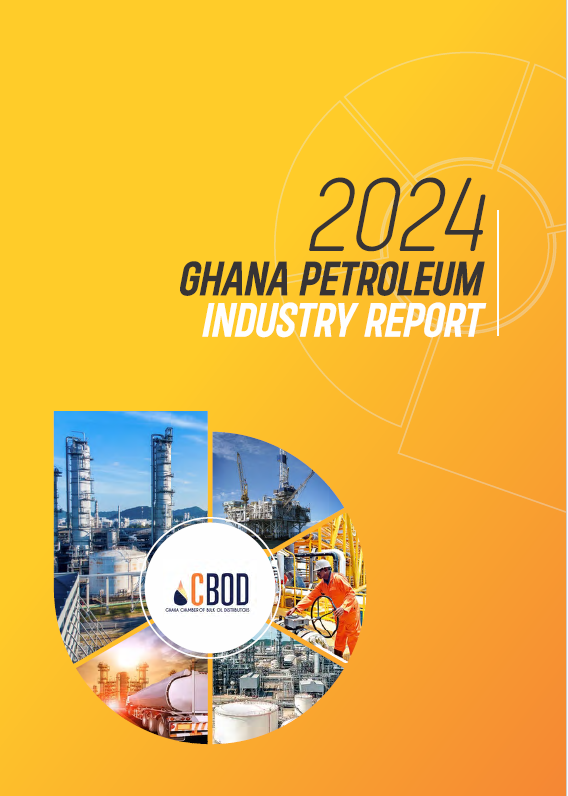For the second time in three years, Saudi Arabia is slashing the volume of crude it’s sending to America in an attempt to force down stockpiles in the world’s most visible oil market and thereby hasten the rebalancing of supply and demand.
Weekly U.S. oil inventory data — usually published on a Wednesday and covering the period up to the previous Friday — is routinely pored over by oil analysts and traders alike. Despite their shortcomings, the figures give the most up-to-date picture of changes in the oil balance and influence trading decisions and crude prices around the world.
Shifts in the flow of crude into and out of American ports can have a big impact on the level of U.S. inventories. Riyadh has clearly decided it’s time to do its bit to bring them down from heights reached in May and June, when the coronavirus pandemic and the kingdom’s own output hike combined to drive the fastest ever surge in U.S. commercial crude stockpiles. In the five weeks between March 20 and April 24, the inventories increased at a rate of 2.1 million barrels a day and by the first week of June it was hitting new highs.
Excess stockpiles act as a drag on oil prices and the most visible stockpiles are in the U.S. because the Department of Energy’s Energy Information Administration reports levels weekly. That’s in stark contrast to other places around the world where the data are much less timely, if they are published at all. China, for example, stopped divulging official data on inventory levels in 2017.
It’s no wonder then that Saudi Arabia should focus on the U.S. This is precisely the same policy that it adopted three years ago, shortly after the wider OPEC+ alliance was formed and its first output deal was running into trouble.
At the time, members of the Organization of Petroleum Exporting Countries and 10 non-OPEC allies, including Russia and Mexico, agreed to cut their production by 1.66 million barrels a day from the start of 2017 to bring down swollen global oil inventories built up as a result of the first U.S. shale boom. Poor implementation of the cuts and rising U.S. oil production meant inventories kept on growing, despite OPEC making its first output reduction in eight years.
Fast forward to today and the reduction in the flow of Saudi oil to the U.S. is dramatic. In May and June tankers full of Saudi crude were arriving off the Gulf and West coasts of the U.S. almost daily, sometimes more than one a day. But in July and August that has dwindled to little more than one a week, as the chart below shows.
That surge in ships, which I wrote about here, briefly drove U.S. imports of Saudi crude close to a six-year high, adding to the upward push on stockpiles. But it was short-lived and imports in the last week of July were just 190,000 barrels a day, their second-lowest level in weekly data that extends back a decade.
The figure could fall even further in the coming weeks. There are only 6 tankers carrying 9 million barrels of Saudi crude currently showing a U.S. port as their destination, according to tanker-tracking data monitored by Bloomberg. With a journey time of about six weeks from the Persian Gulf to any of the major U.S. oil ports, that’s all the Saudi crude that’s likely to arrive by mid-September.
And things aren’t likely to improve much after that. In setting its official crude prices for September, Saudi Arabia has made significant cuts to prices for European customers, where it’s competing with Russia, and smaller ones for buyers in Asia. But the kingdom has kept prices for the U.S. unchanged from last month.
By doing so, Saudi Arabia is ensuring that its crude remains uncompetitive against domestic heavy sour grades from the Gulf of Mexico, or imports from Canada, in a market where the hoped-for recovery in demand has stalled.
The leaders of Saudi Arabia and the U.S. both want to see oil prices rising from current levels — the kingdom’s budget still depends on oil revenues and the U.S. shale industry desperately needs higher prices to recover. President Donald Trump might be quite happy to see crude imports from Saudi Arabia curtailed — after all, it would feed in nicely to his rhetoric on U.S. energy dominance.
By once again focusing its output cuts on the U.S. market, Riyadh is hoping to repeat the success of the second half of 2017, when oil prices rose by 51% from a low of $44.82 in mid-June to $67.87 by the end of the year.
Unless the Covid-19 pandemic eases its grip on oil demand, Saudi Arabia may find 2020 more of a challenge.
This column does not necessarily reflect the opinion of the editorial board or Bloomberg LP and its owners.
Julian Lee is an oil strategist for Bloomberg. Previously he worked as a senior analyst at the Centre for Global Energy Studies.
Credit:Bloomberg





